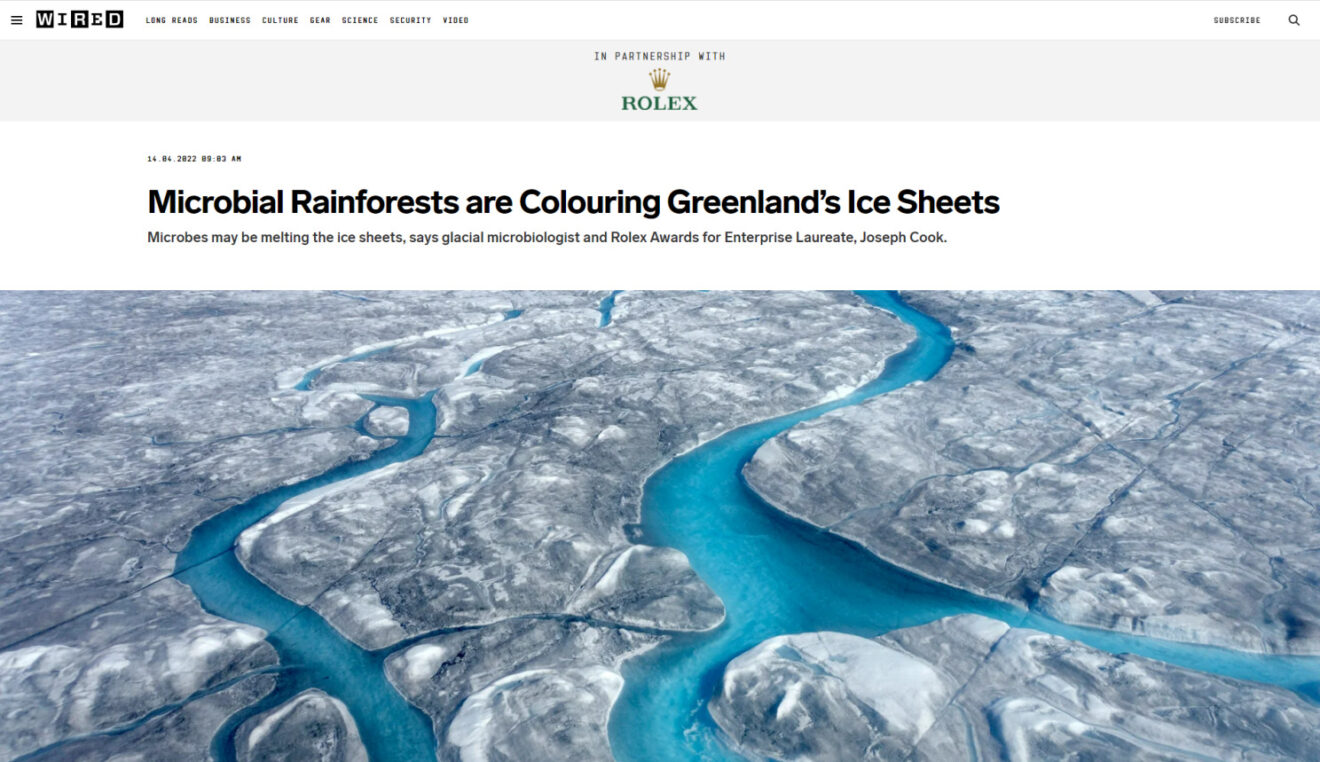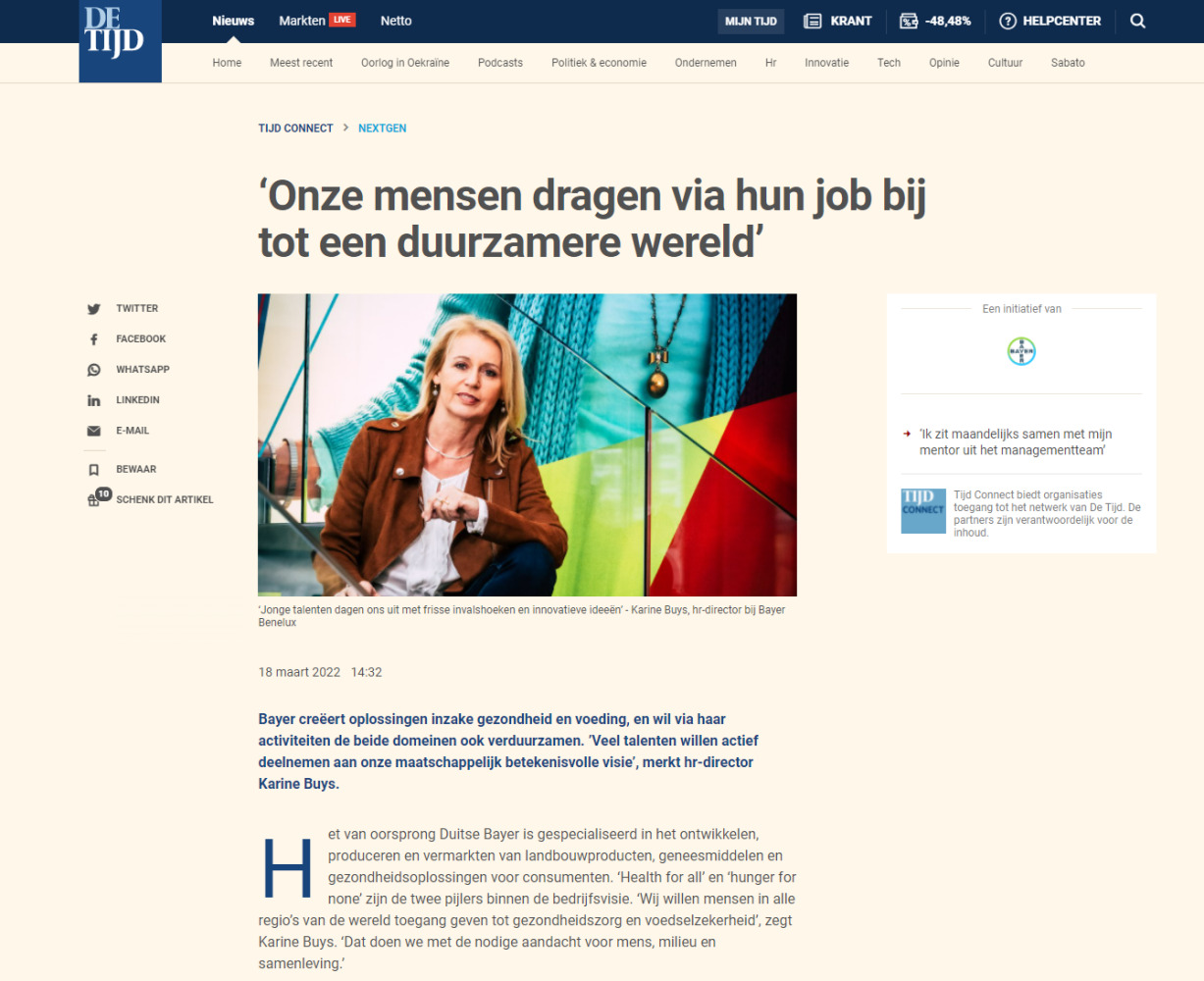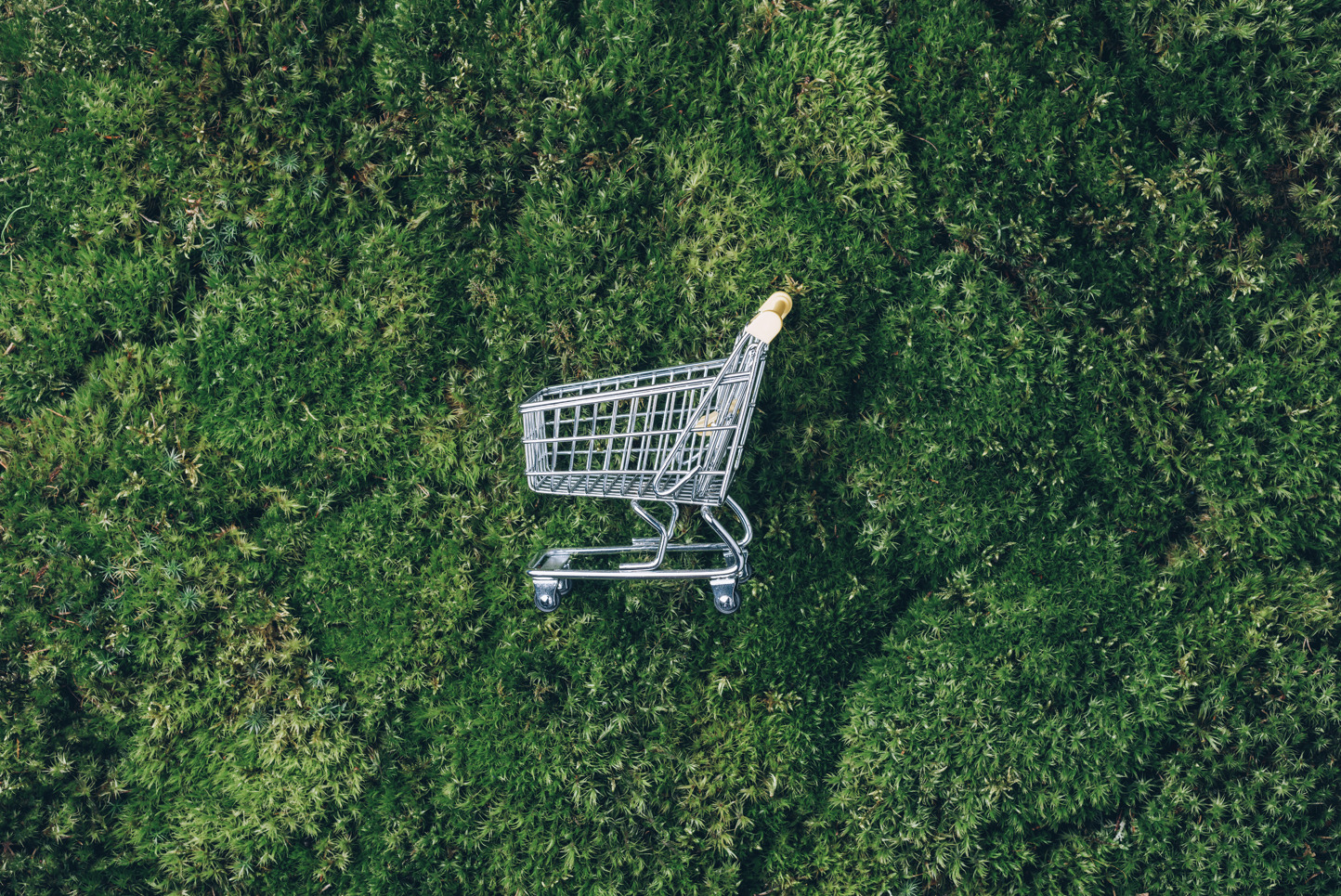No longer merely trendy
Inequality, climate change, biodiversity… Our world is facing extreme challenges, and sustainable development is on the radar for more and more people.
If sustainability was once viewed by some as merely ‘trendy’, it’s now a given, no longer a ‘nice to have.’ Companies with an eye to the future must therefore shoulder responsibility, and take an increasingly active role.

The 400-plus participants in the first edition of our programme Take The Lead Sustainability Management, a unique collaboration between Mediafin and the Vlerick School of Business, demonstrate this increasing engagement.
2021 – the wakeup call
2021 saw unprecedented climate disasters around the world. There was widespread flooding in northern Europe, washing away cities and lives, while raging fires in the south burned through precious ecosystems.
Our continent also faces a crisis due to the energy sources we use, with rocketing prices. As UN Secretary-General Antonio Guterres said during COP26, “Our addiction to fossil fuels is pushing humanity to the brink. We face a stark choice: Either we stop it – or it stops us. It’s time to say: enough.”
Walking the talk to a more sustainable future
This is leading many companies to make the shift towards a more sustainable future. An article in the Harvard Business Review highlights that, ‘Virtually all of the world’s largest companies now issue a sustainability report and set goals; more than 2,000 companies have set a science-based carbon target; and about one-third of Europe’s largest public companies have pledged to reach net zero by 2050.’
That may sound promising, but is it enough? How can you find your voice in the sustainability space, and tell your organization’s story in the right way? Many people are sensitive to ‘Greenwashing’ – where companies claim to be more sustainable than they are, often resulting in reputational damage.
Native advertising – ads that blend naturally into the editorial ecosystem – are an alternative way to showcase companies’ moves towards a more sustainable future. Hyper-relevant content is offered to audiences attuned to environmental issues, in an authentic, educational and entertaining manner.
Let’s look at four inspiring sustainability examples utilizing native advertising:
‘A New Vision for Plastic’ – Veolia in the New York Times

In ‘A New Vision for Plastic’, the transnational waste management company Veolia asks if the circular economy can transform our relationship with plastic. The ‘paid post’ is an extravagant native ad demonstrating how plastic can be transformed from a damaging source of pollution into a precious resource. The dynamic eye-popping graphics bring the subject to life, and provide compelling reasons for change.
Planet Pioneers – Rolex in WIRED

In Planet Pioneers, a partnership with the Rolex Perpetual Planet initiative, WIRED magazine highlights individuals and communities working on pressing environmental challenges. It’s a series of informative reads which convey high credibility from a mainly scientific viewpoint.
Start to Shift – KBC in De Tijd
KBC Bank & Insurance’s ‘Start to Shift’ actively engages with the sustainable development of society and businesses. In website dossiers, entrepreneurs and experts discuss real-world examples and best practices, using a ‘show, don’t tell’ model. With expert articles, entrepreneurial stories, fascinating podcasts and a webinar, the transition to more sustainable business models is thoroughly explored.
NextGen – Bayer in L’Echo and De Tijd

Numerous companies are now questioning how to attract and retain younger workers. With our ‘NextGen’ platform, the floor is given to younger team members to position their company in the job market. What emerges is that sustainability clearly matters to younger people, and working with Bayer demonstrates how employees contribute to a more sustainable world.
So how fluent are you?
Talking about sustainability and understanding the issues is like learning a new language. We must use innovative ways to tell our story and engage the target audience. The key is to always be honest. Forward-looking companies do not embrace sustainability because they are forced to by regulators or activists. They do it because they recognize the issues, and identify opportunities.
When is the right time to tell your sustainability story? Well, of course the answer is ‘Any time’! However, it’s worth keeping in mind the upcoming EU Green Week 2022 (from 30 May to 5 June), which presents a great opportunity for companies to communicate to a highly receptive, Europe-wide target audience – and an ideal medium to do that is through native advertising.
Native advertising is the powerful way to tell your sustainability story, with five basic rules:
- Never make misleading statements: Always back up claims with reputable data.
- Do not use technical jargon only understood by experts: Keep it simple!
- Show, don’t tell: What are you doing today that will shape all of our tomorrows?
- Be transparent: Perfection is not essential in moving towards sustainable business models.
- Show what you are doing well: but also what you need to improve.
Use these guidelines for your native advertising campaign to achieve targeted, inspiring and highly engaging content, demonstrating that your company does indeed Speak Sustainability.
(Blog post published on LinkedIn)
